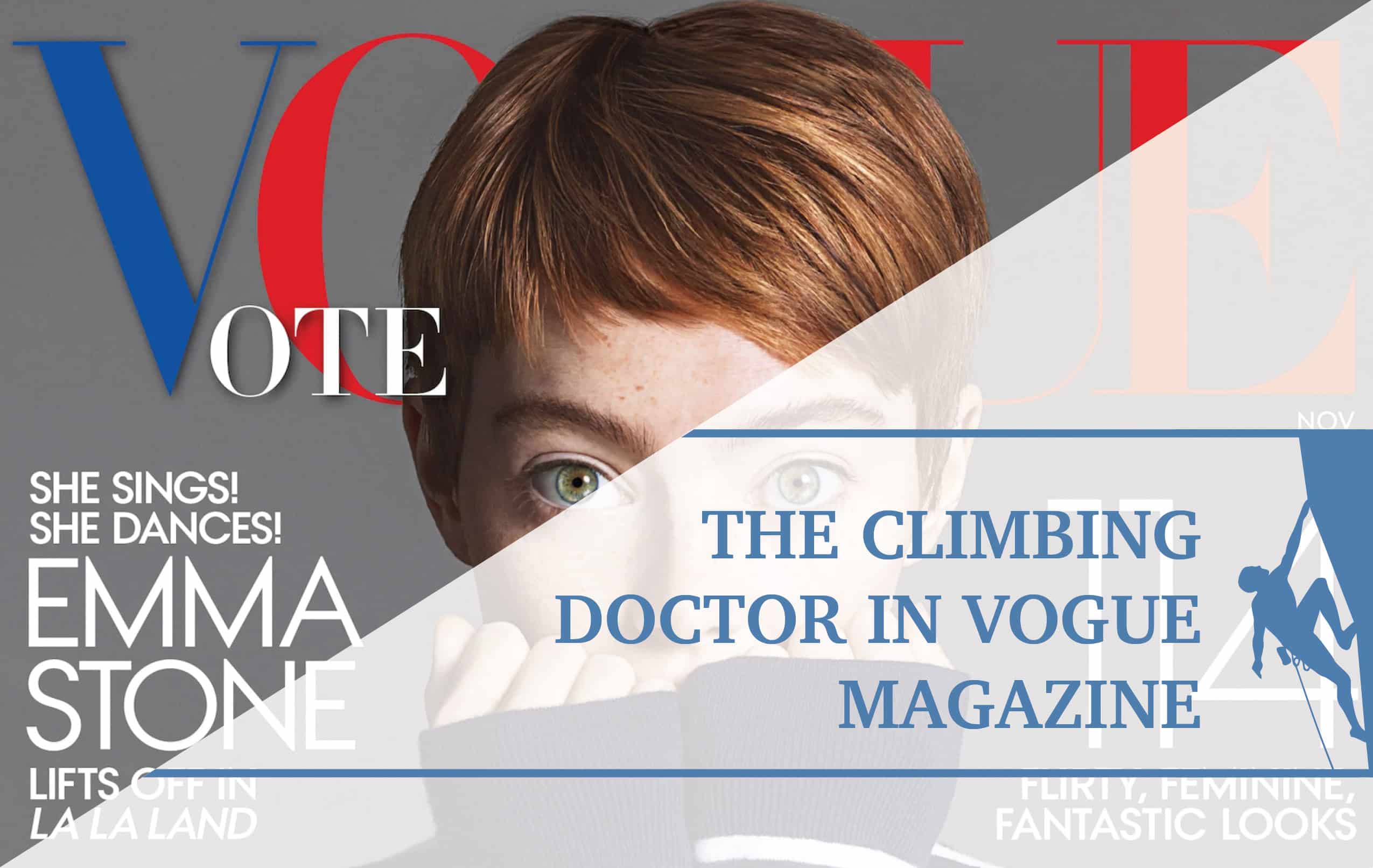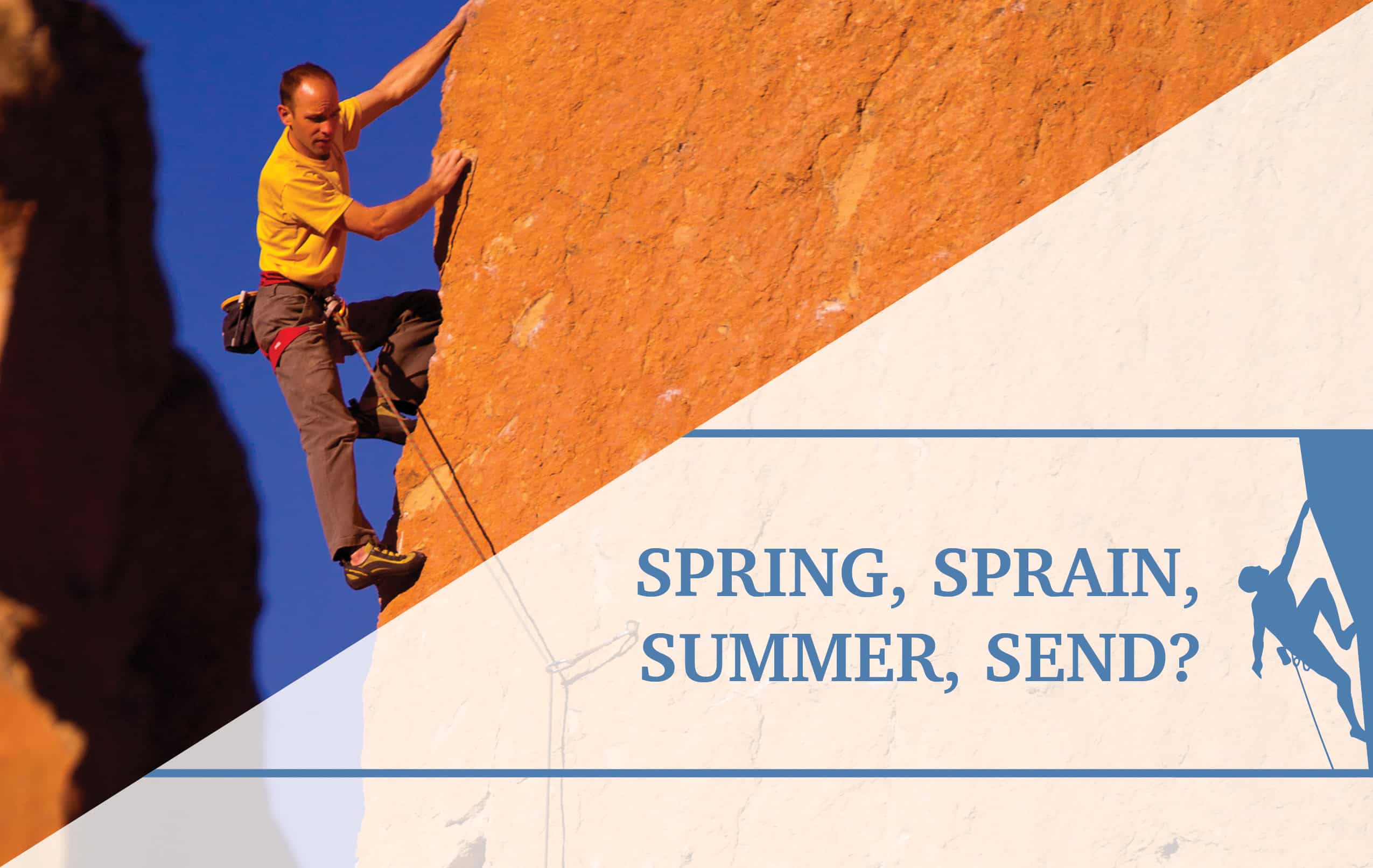The Climbing Doctor Goes to China
I was in China for two months as the Physical Therapist for the Chinese Olympic Track and Field Team to prepare the athletes for the World Championships. On the flight to China, I put together a series of photos to introduce myself to the Olympic Athletes. During the first session with each athlete, I would show them a professional bio photo and then a few pictures of what I do for fun. Since I’m a climber, I decided to share my climbing photos to help build some personal rapport. Surprisingly, the Olympic Athletes had no interest in my professional accomplishments. They would rather ask me questions about climbing. Instead of asking why I was mobilizing their shoulder, or what was the reason for strengthening their middle trapezius muscle, they would ask through my interpreter “What does it feel like to climb” and “Is it really scary?” These athletes were bred to accomplish one single goal; to win an Olympic gold medal. They have been training in the same sport six days a week since leaving the womb. My climbing stories helped opened up a world of adventure and imagination. My passion for climbing spread and soon I was know by the Olympic Athletes as “The Doctor that Rock Climbs.” Below is the sequence of slides I would show the athletes. Also a shot at the Olympic Training center in Beijing and a photo with the long jumpers I worked with who are ranked #3 (far left), #4 (far right) and #5 (second from the left) in the World.
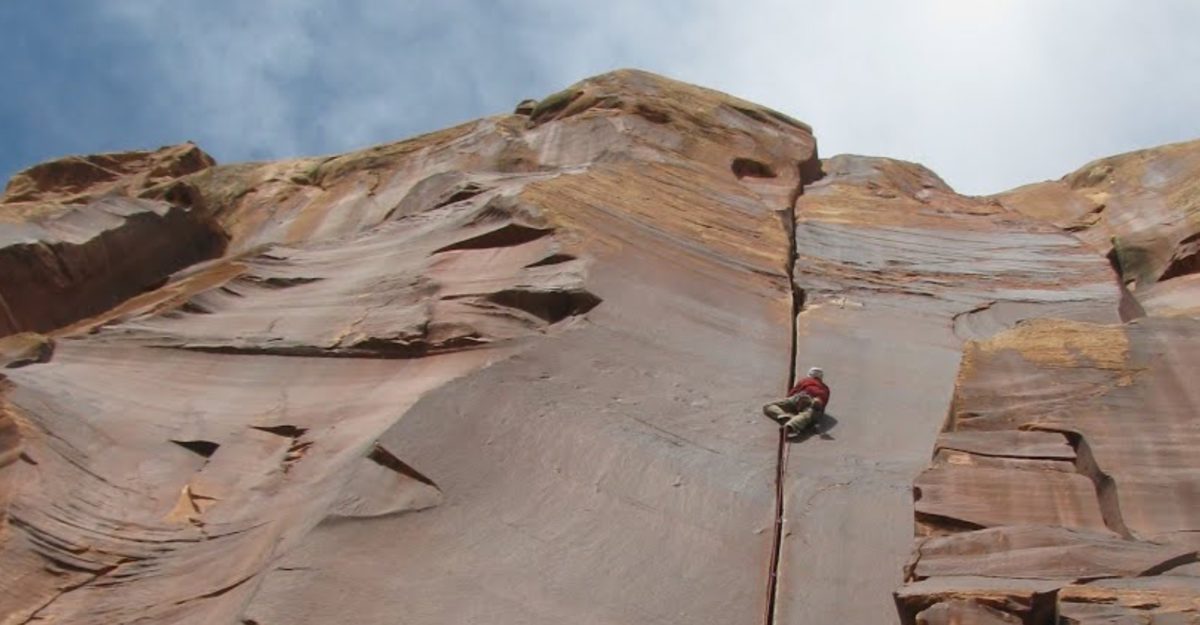
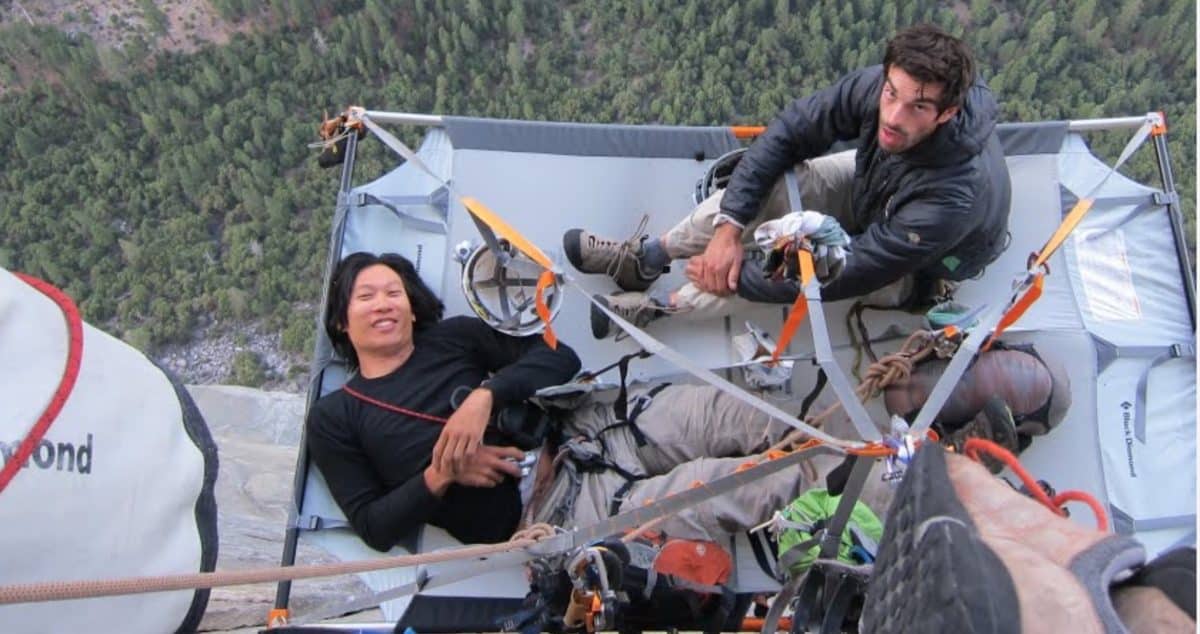
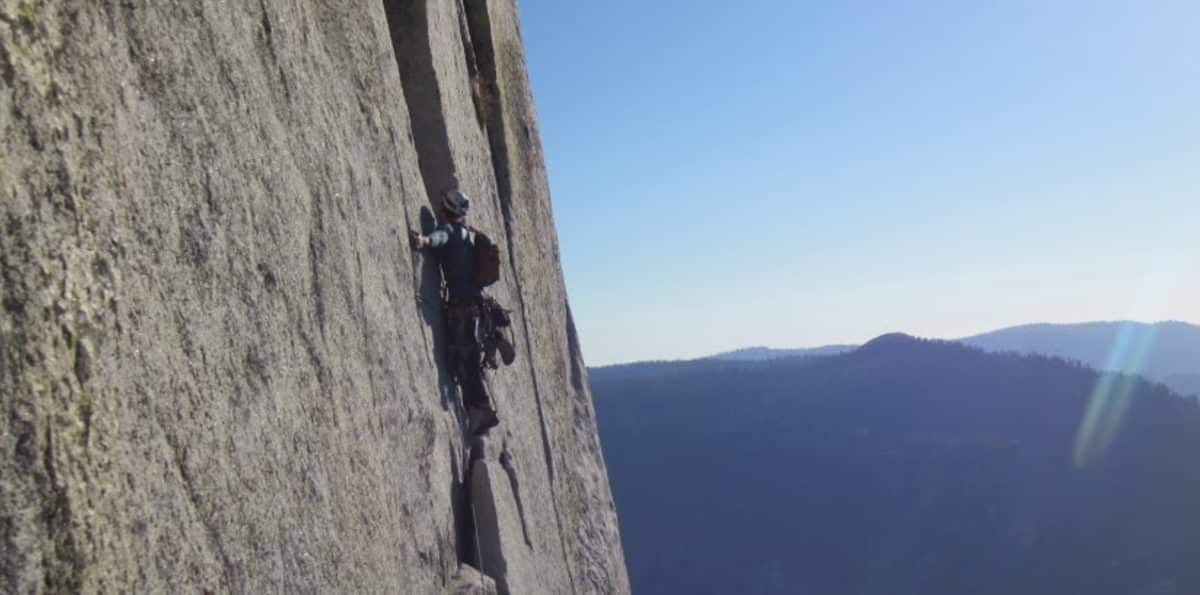

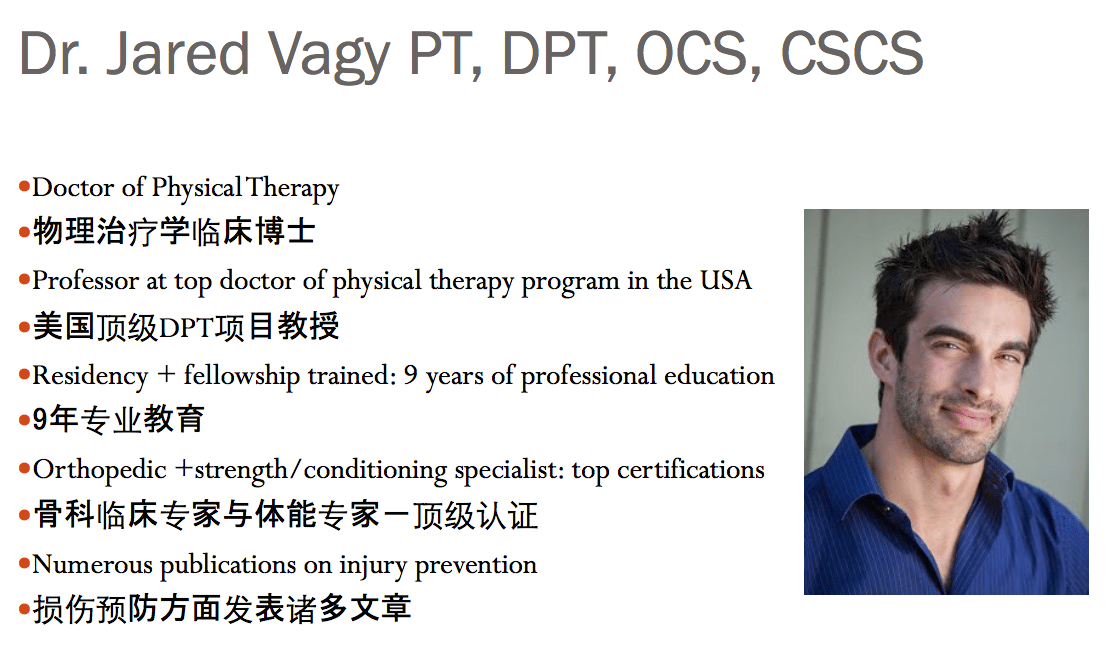
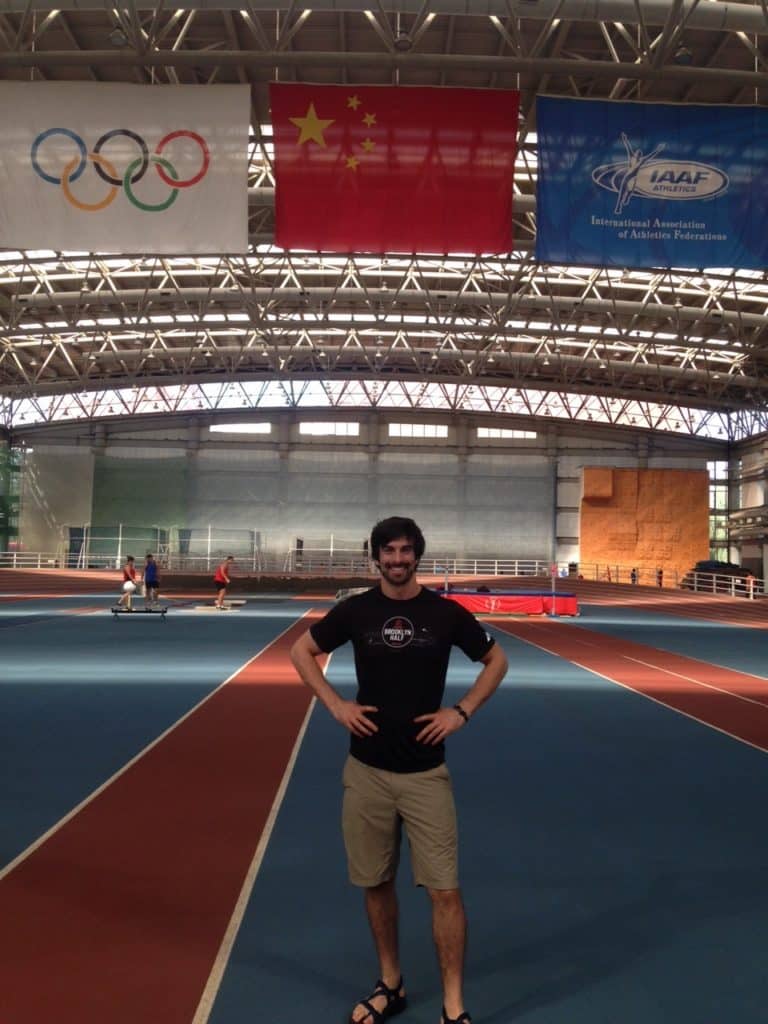
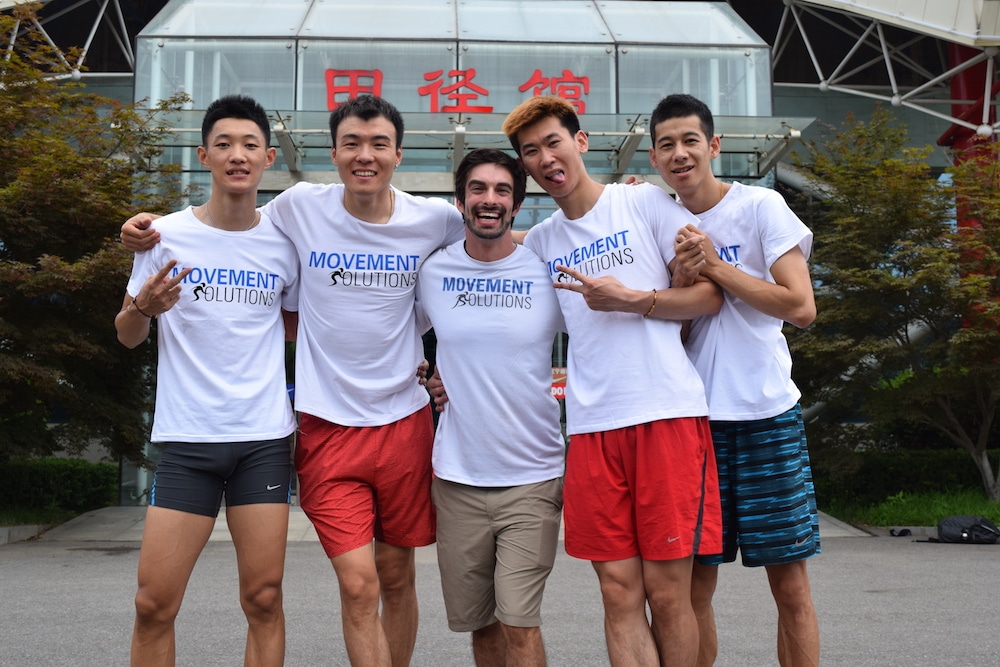
I was approached during one of my “rest days” by an organization that was interested in hosting a continuing education course for Chinese Doctors, Rehab Specialists and Medical Students on preventing climbing injuries. I thought about it and decided it would be fun to do on my rest day. So I agreed and was commissioned to give a lecture geared toward medical professionals about how to keep climbers climbing injury free. The topics included the mechanics of a climbing warm-up, the physical impairments, functional limitations, improper movement patterns and assessments of the rock climber. The syllabus is below. I utilized a translator for the 8 hour class and all my lecture slides were in Chinese. It was an amazing experience to bring injury prevention climbing knowledge to China. Below is the syllabus and some slides.
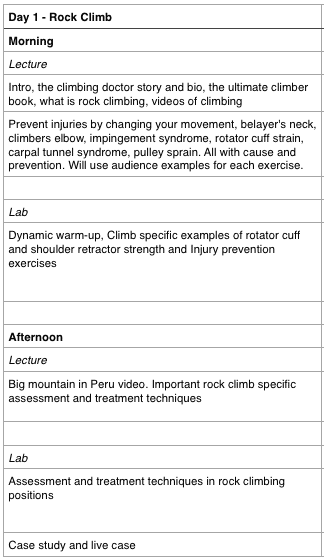



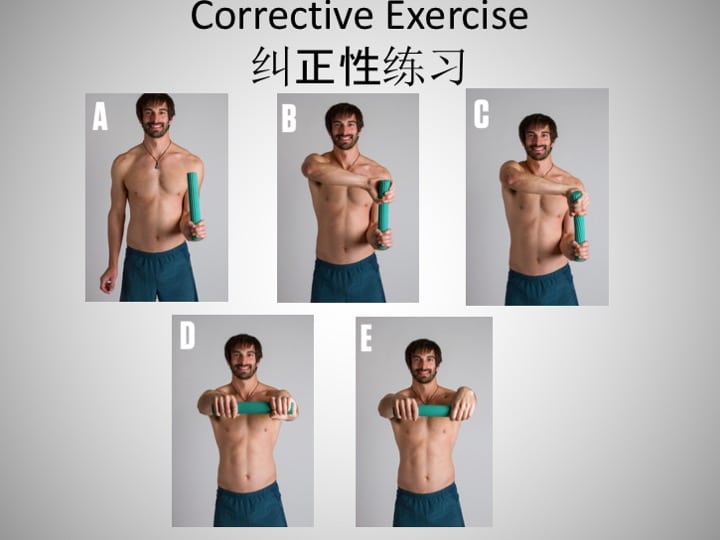
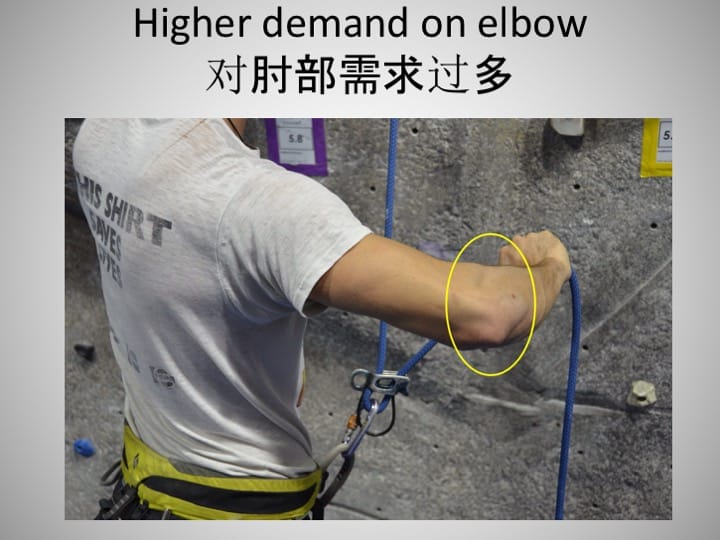

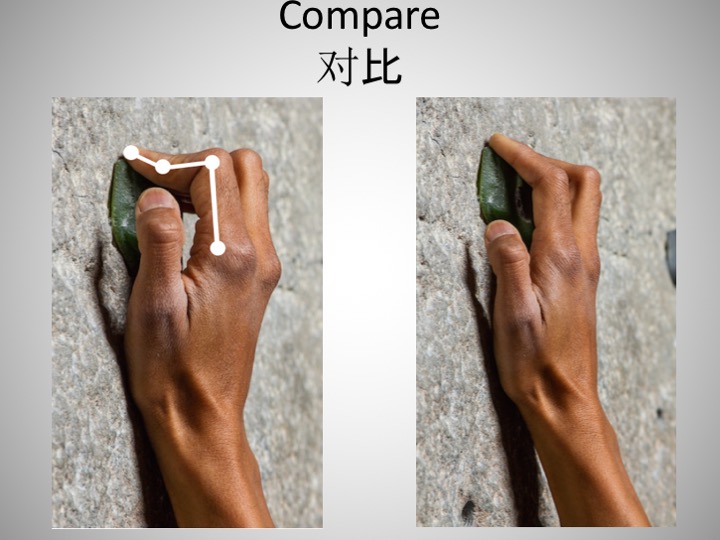

Below is an example of a demonstration I was giving about Belayer’s neck. You can notice that when the belayer looks up some climbers have creases in their neck while others do not. The crease is often the location of joint compression and an area of excessive movement. Participants were taught how to nod their chin down slightly to eliminate the crease.
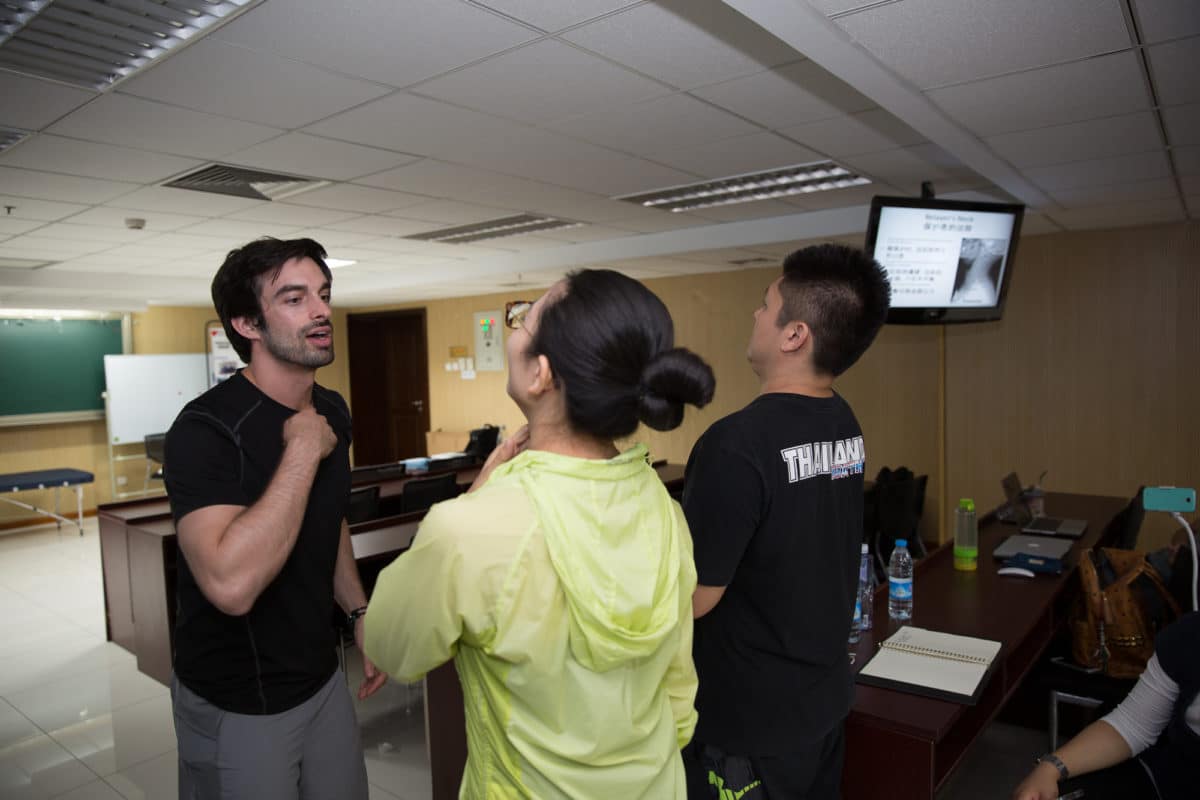
I taught basic concepts of muscle testing and muscle screening so that physical therapists can easily understand the muscles in rock climbers that often become weak and the muscles that become overdeveloped.
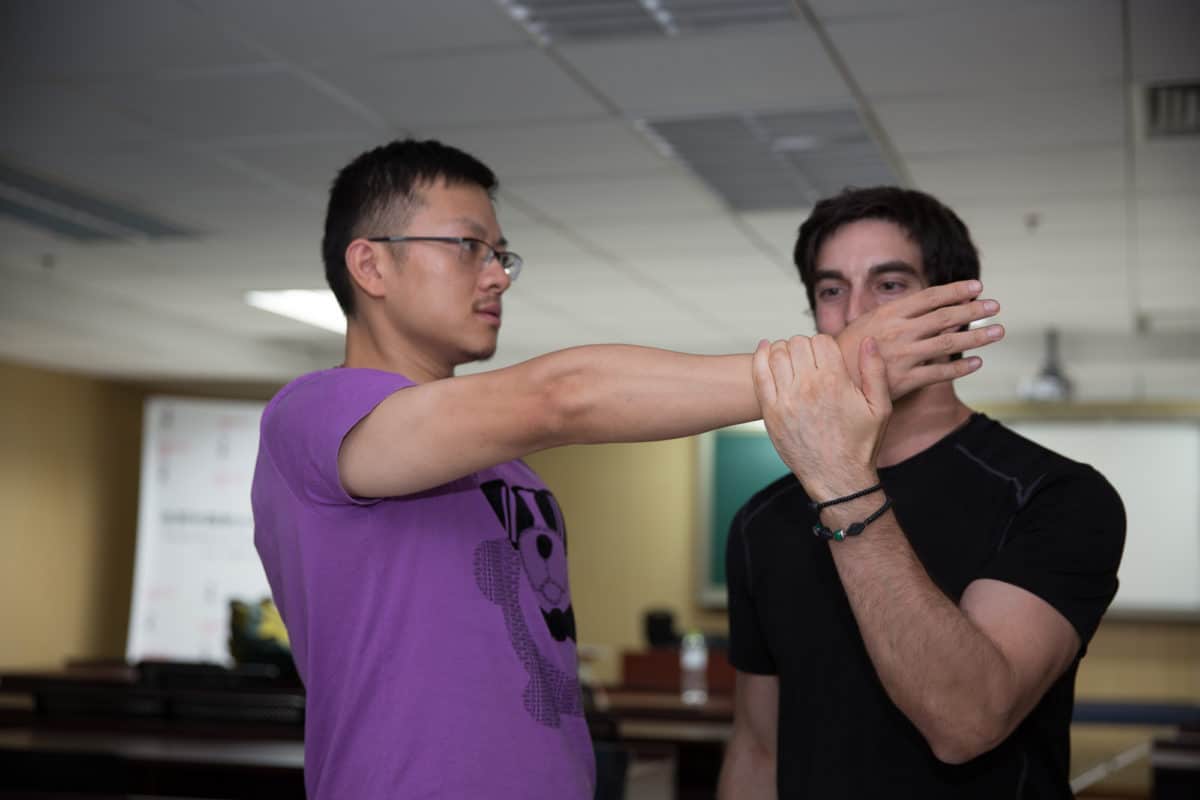
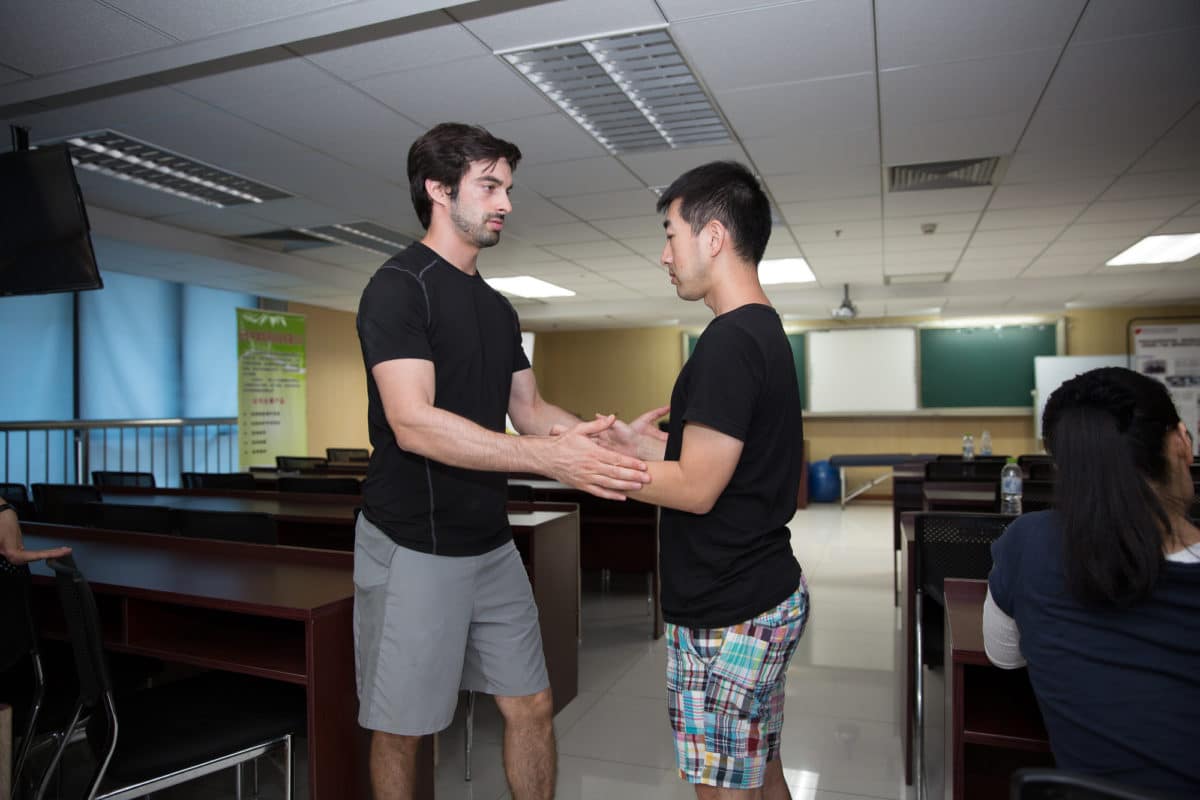
I then showed several corrective exercises that can help build the strength of the antagonist muscles. Antagonist muscles that oppose the main actions during climbing. By utilizing a resistance band and an exercise ball, you can strengthen these muscles to help prevent injury.
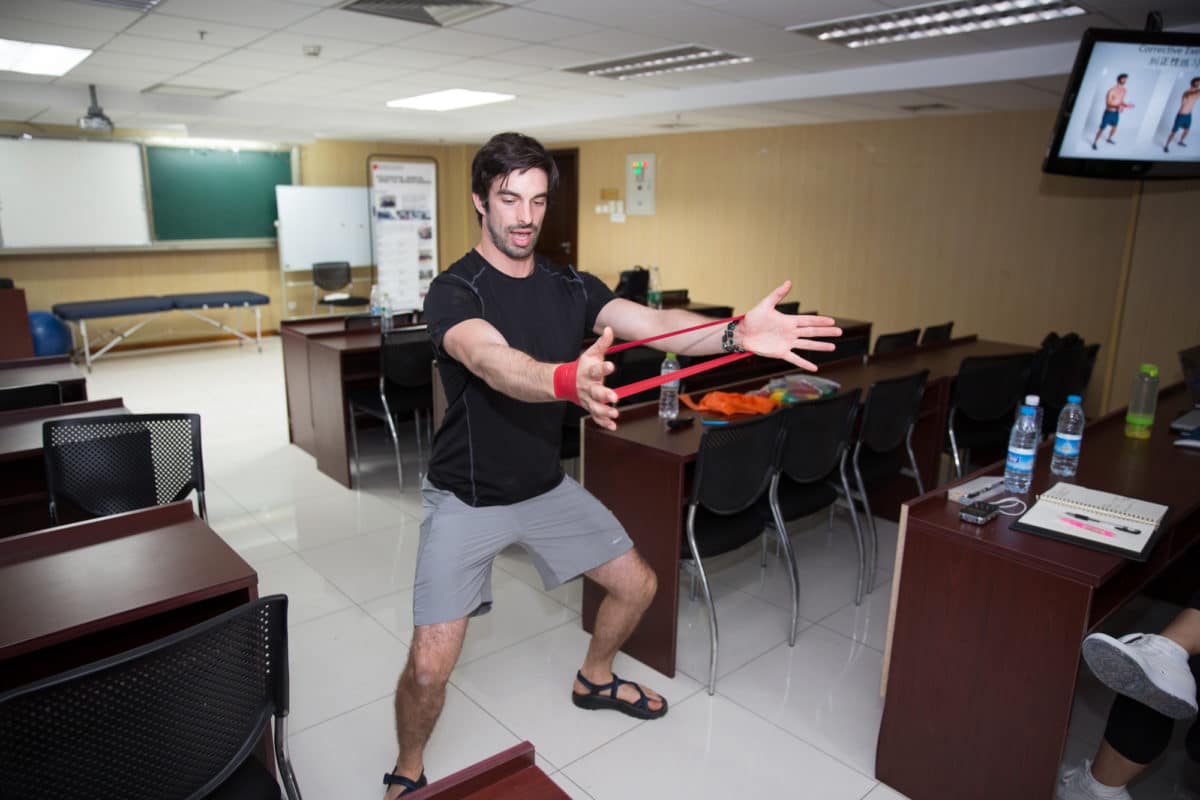
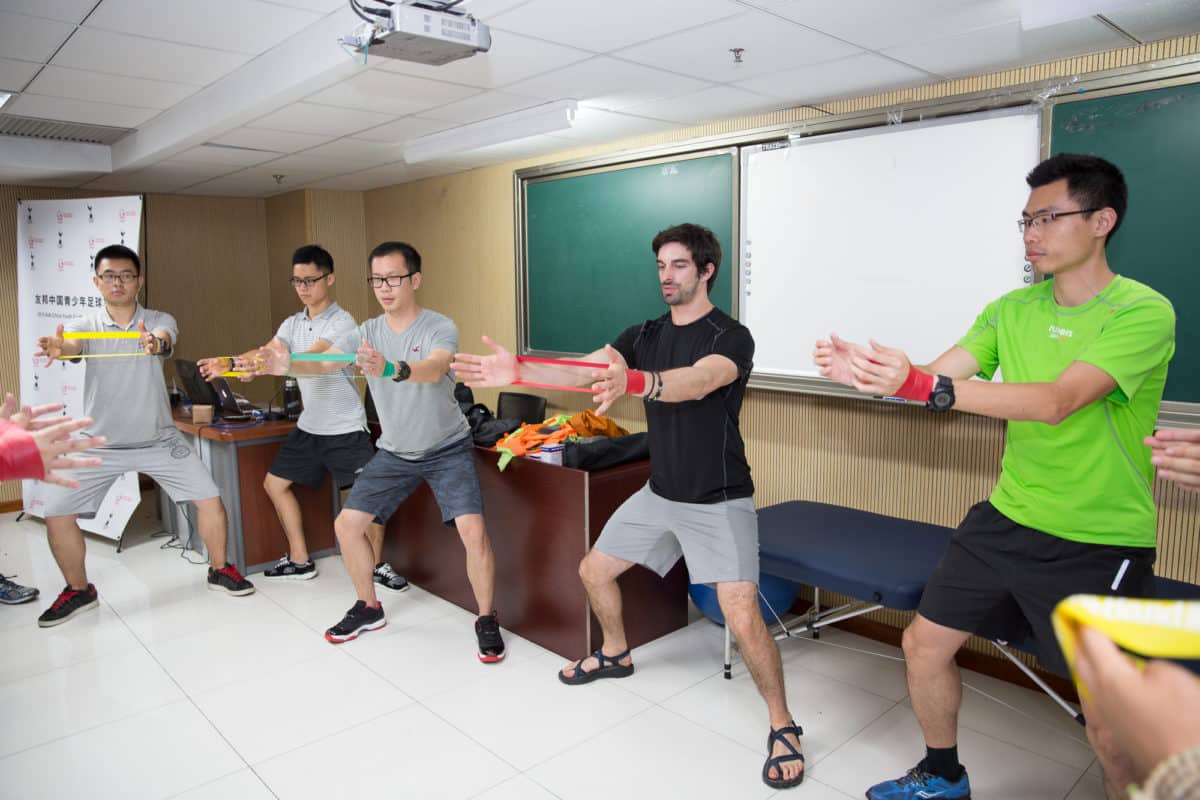
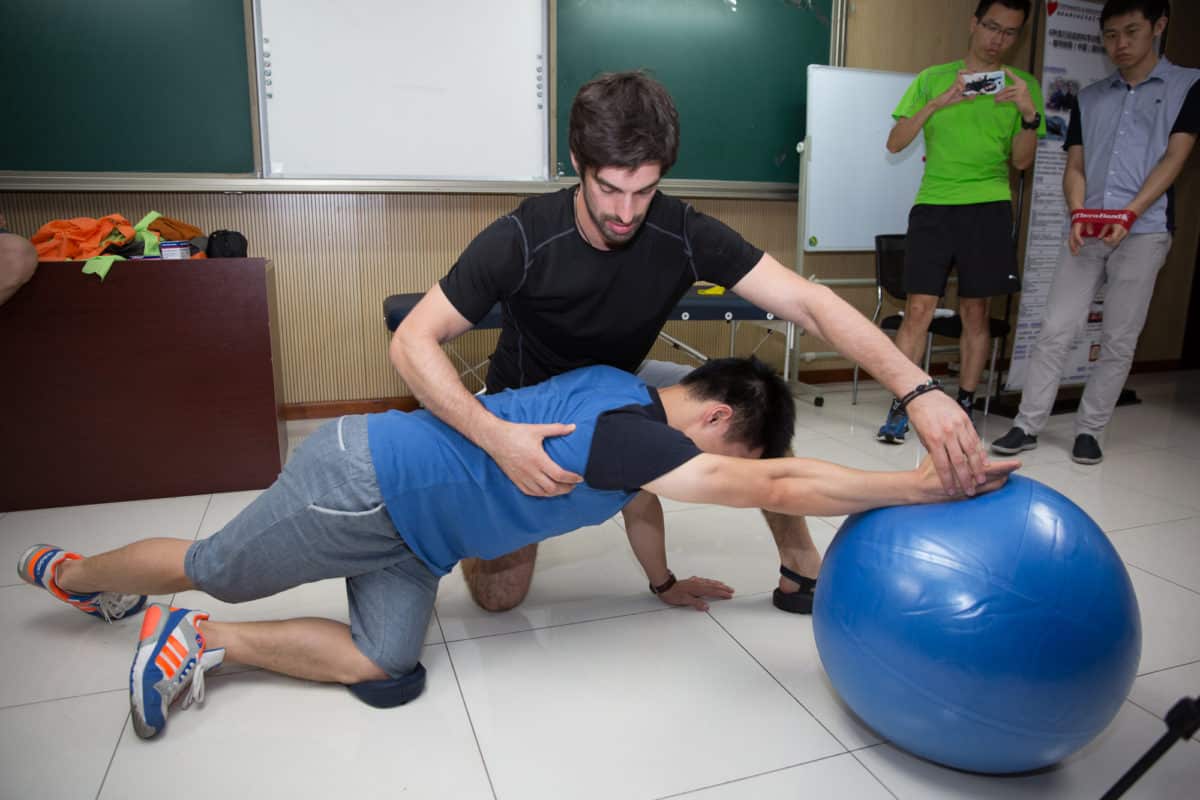
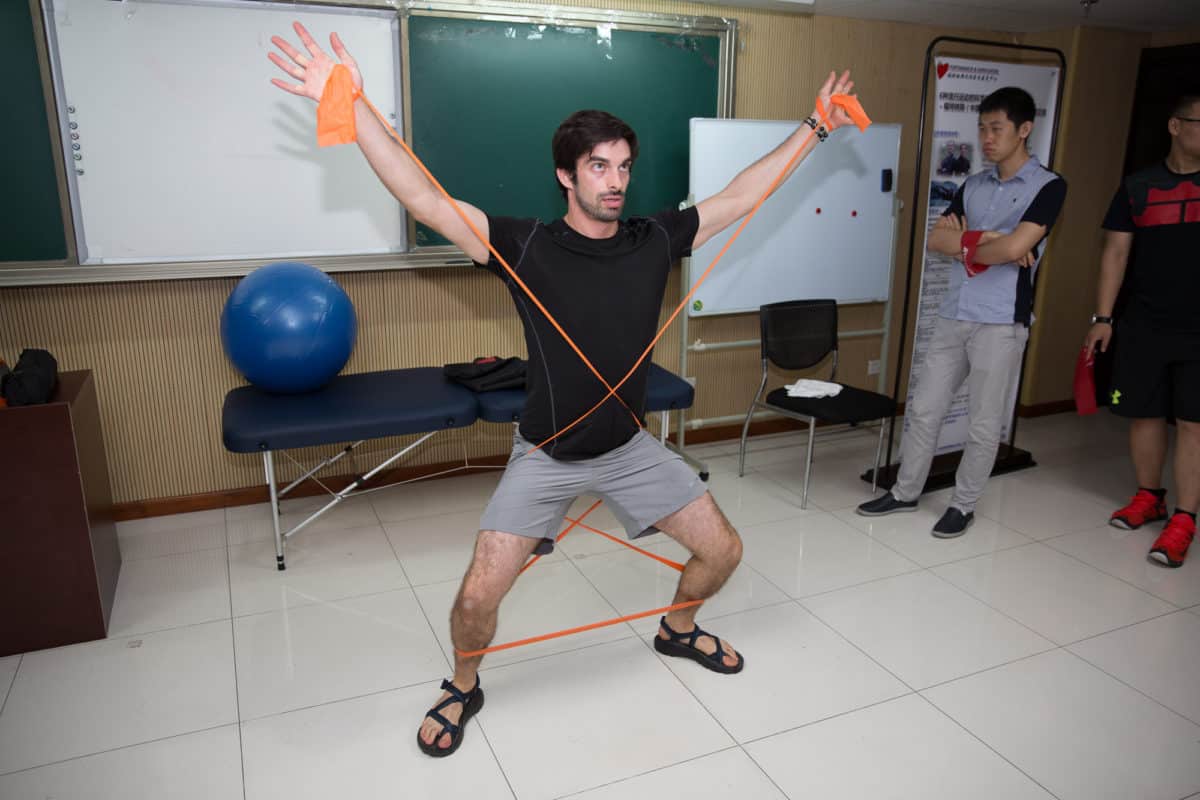
One of the class participants was the Editor of the leading outdoor magazine in China, creatively named “Outdoor Magazine.” He ended up writing a cool online article about the clinic. If you can read Chinese, click here to view the article.
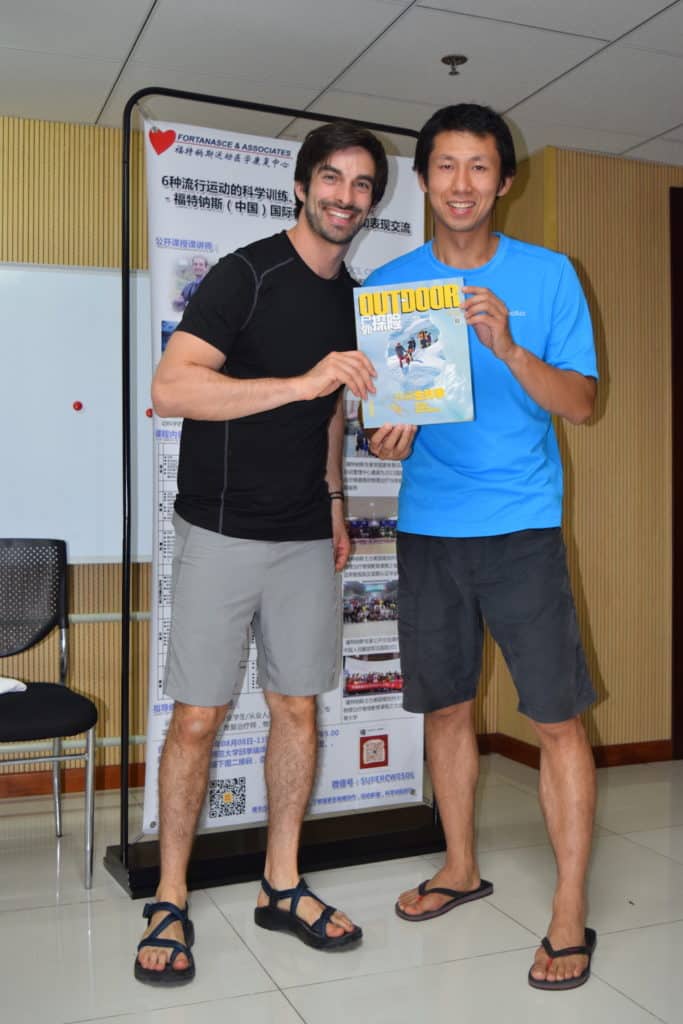
The clinic was taught at a university campus where there is access to a climbing wall. I gave demonstrations of proper climbing movement and how to correct poor movement patterns in order to prevent injury. The participants had a lot of fun trying the different climbing movements on the wall. Most of the participants were medical professionals. Some were climbers and some were not. It was great to see how the content can be easily digested by all types people; climbers and non-climbers.
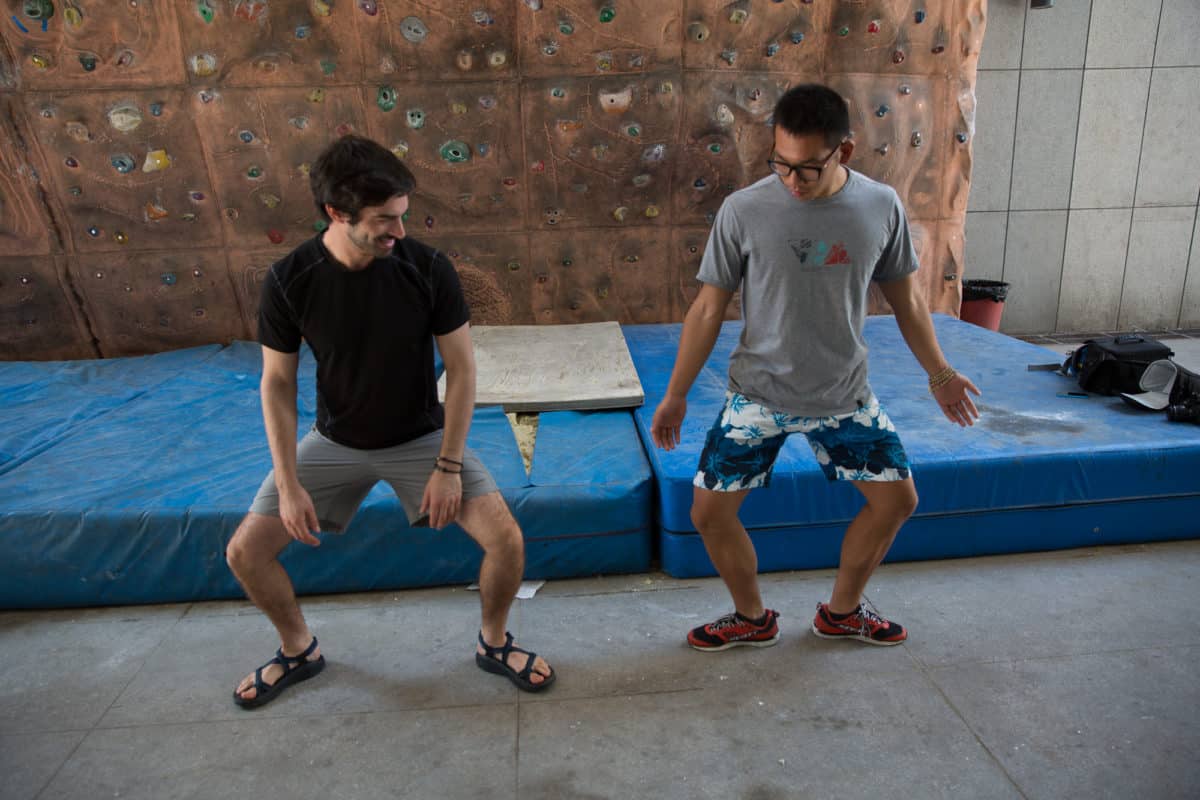

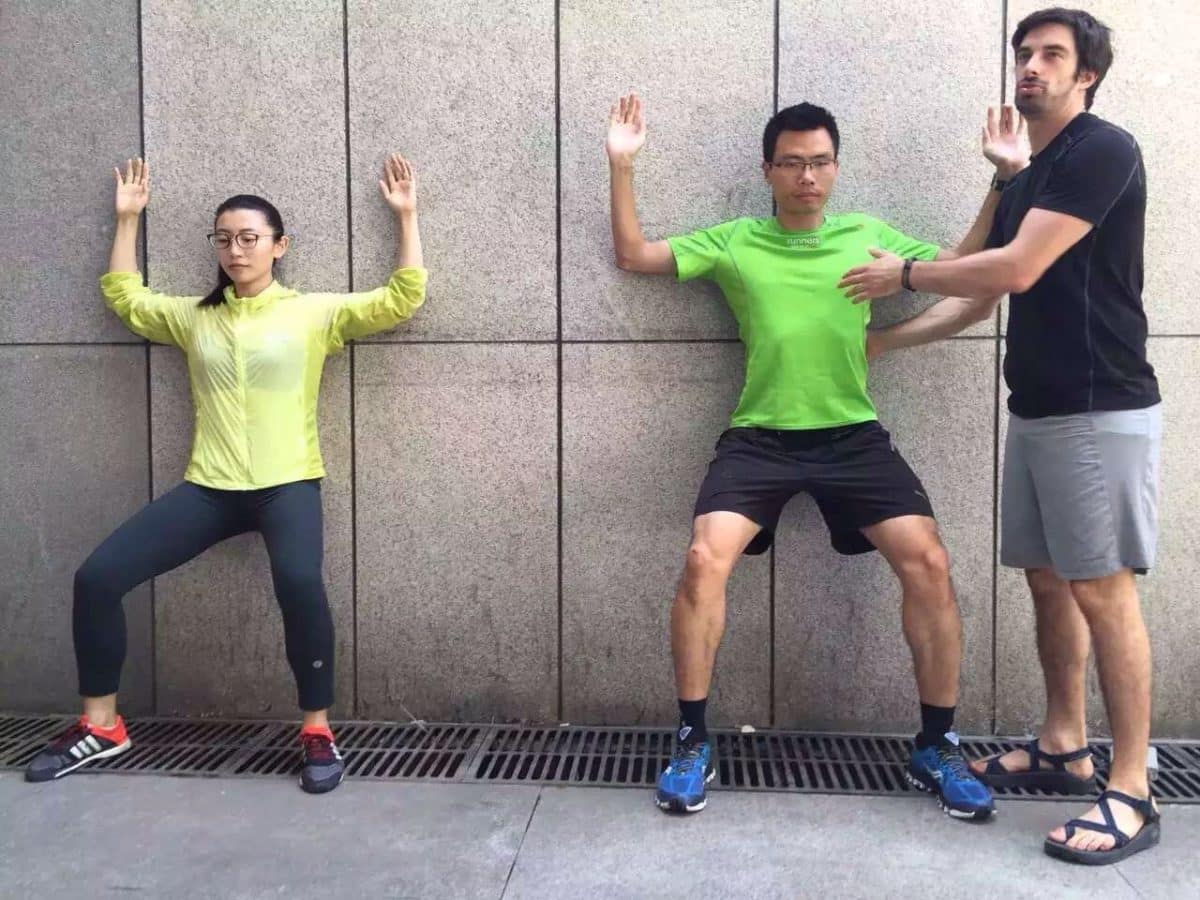
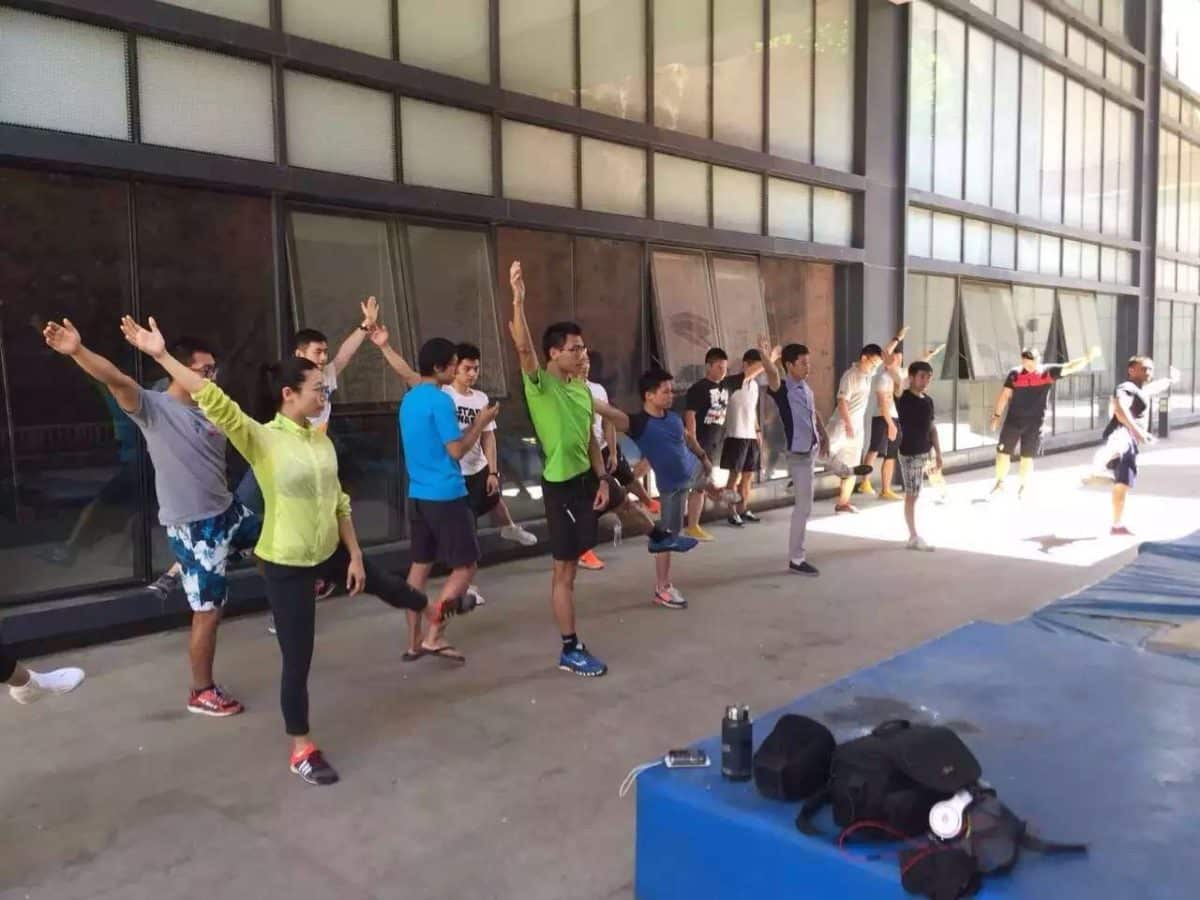
At the end of the class, like always, we took a group photo. It was an honor to educate the Chinese medical community on how to prevent injuries and rock climbers. I made it great relationships with the participants and I am excited to return again next year.
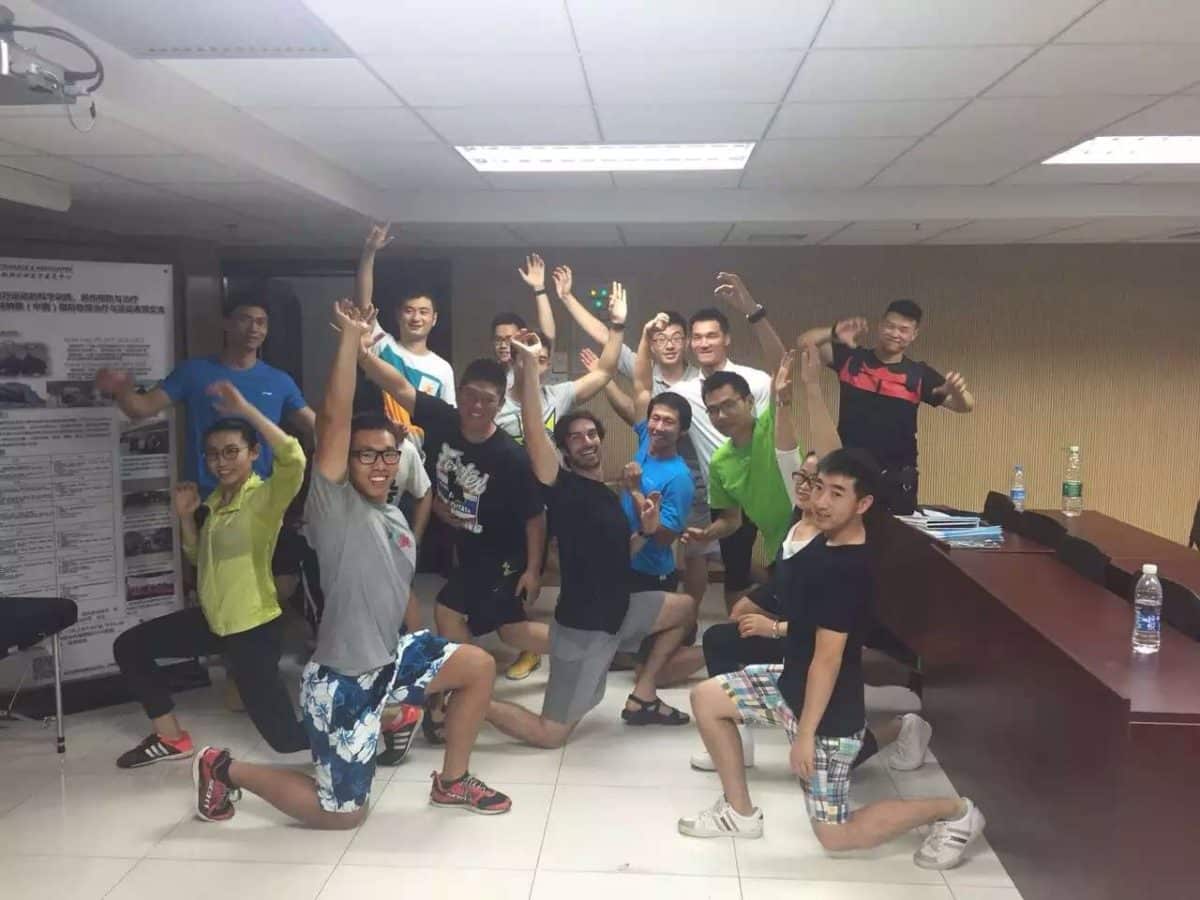
- Disclaimer – The content here is designed for information & education purposes only and the content is not intended for medical advice.


